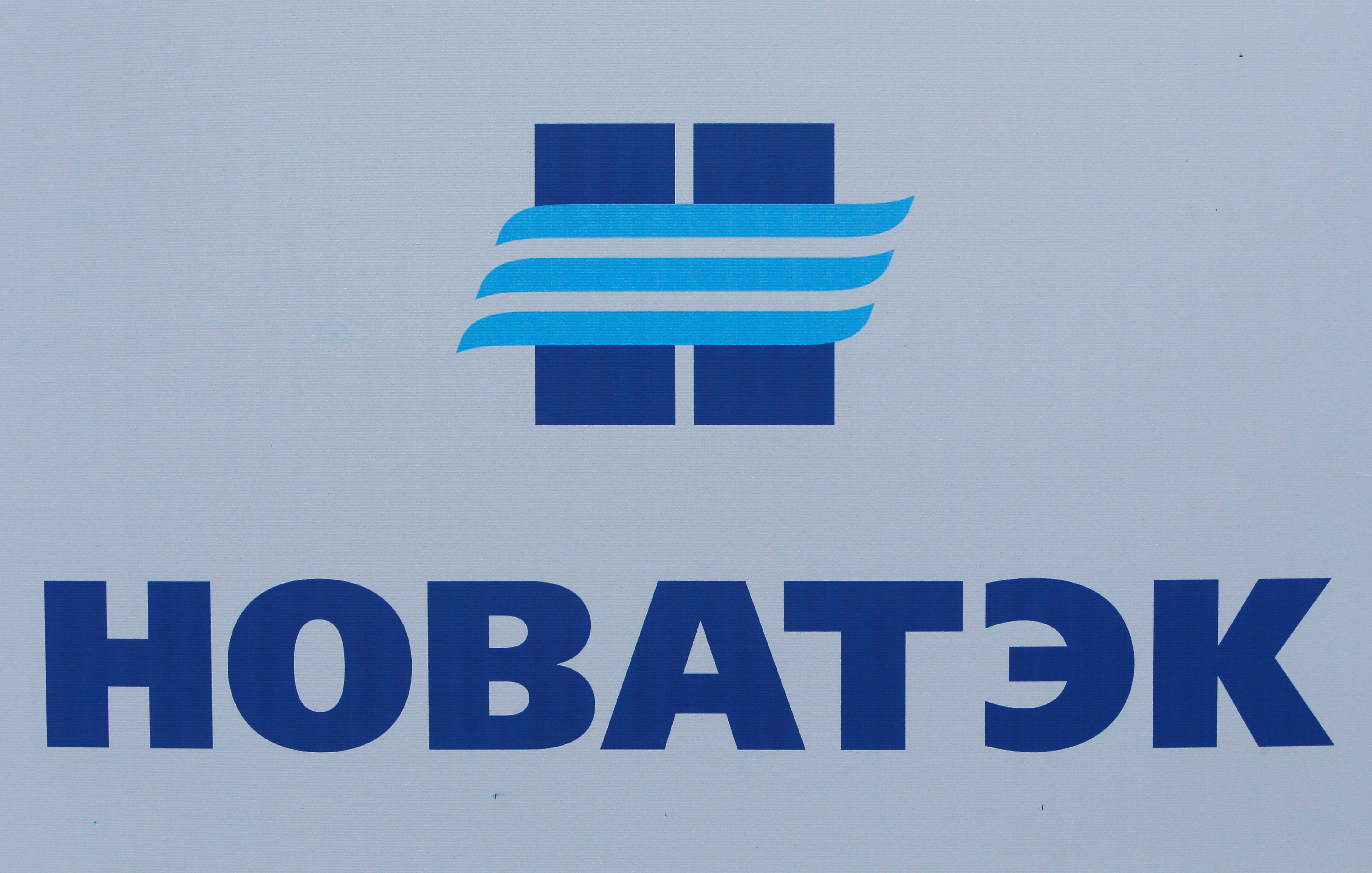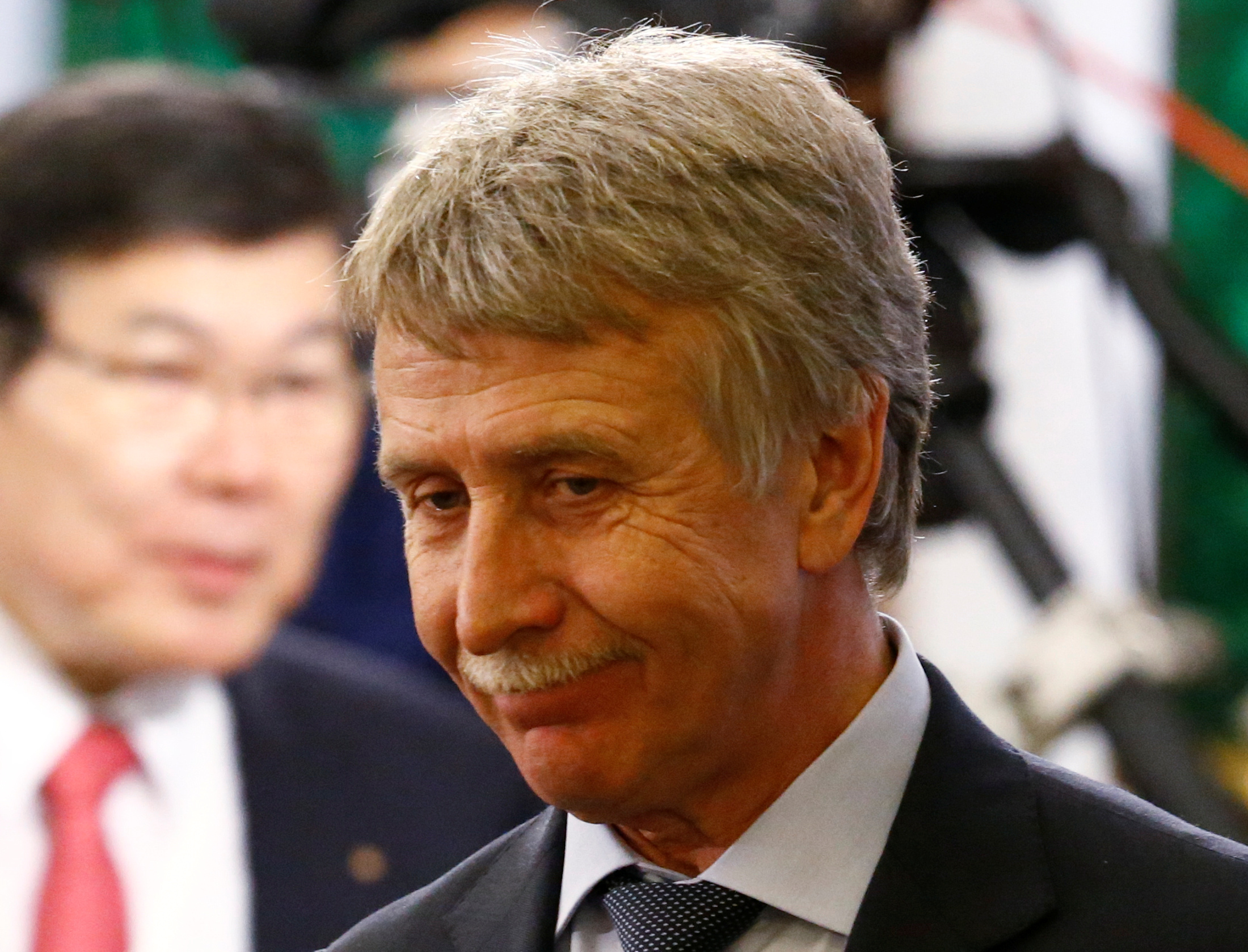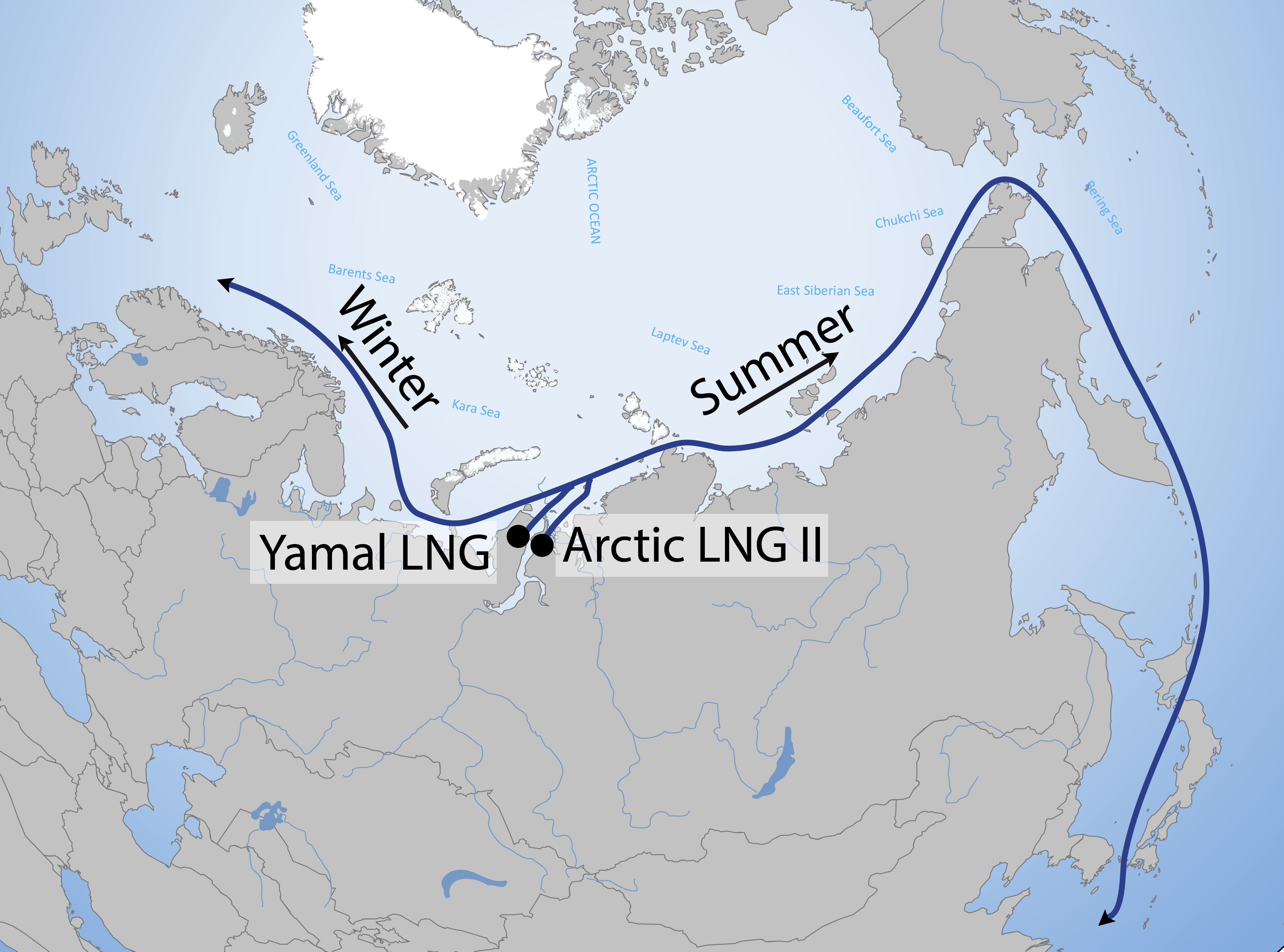With Arctic LNG projects growing ahead of schedule, Novatek looks to the future
The independent Russian natural gas company has shipped 2 million tons of LNG from its Yamal project since it opened in December, and is looking ahead to a second Arctic project and a transshipment hub in Kamchatka.

Russia’s development of Arctic natural resources and shipping on the Northern Sea Route is bound to reach new milestones in 2018 as the natural gas company Novatek, operator of the Yamal LNG project, expands production at the facility ahead of schedule. The company also announced it had shipped 2 million tons of LNG since production began in December 2017 and is moving ahead with its new project, Arctic LNG 2 and a Kamchatka transshipment hub, without state support.
The development of the Northern Sea Route remains a top national priority as President Vladimir Putin this week called for the expansion of traffic on the route to 80 million tons by 2024 in his Executive Order on the National Goals and Strategic Objectives. While such figures represent a stark increase even over the most optimistic forecasts — which did not expect such numbers until at least 2030 — traffic on the route is likely to grow rapidly, thanks to increasing exports of LNG and coal.
[Novatek set to build its own Arctic LNG fleet]
“Russia’s plans to increase the volume of shipped goods via the NSR reaffirm the country’s geopolitical goals as an Arctic power and confirm to the West that Russia can develop its Arctic energy resources even being under Western sanctions,” says Nadezhda Filimonova, researcher at McCormack Graduate School of Policy and Global Studies at the University of Massachusetts Boston.
Novatek pushes ahead in Arctic
This week Novatek announced the completion of all four production lines of Yamal LNG ahead of schedule. The second production line recently completed first compression tests and will come online in September 2018, three months ahead of schedule. Line three will open by early 2019, nine months ahead of schedule, and line four, which also tests new technology for LNG production in cold climates called “Arctic cascade” will open by the end of 2019, more than one year ahead of schedule.
In fact, since opening in December 2017, ice-class LNG tankers have exported more than 2 million tons of LNG via the NSR. Novatek announced last week that it had reached the milestone just eight weeks after it had shipped the first 1 million tons by early March. In total the company expects to ship in excess of 7 million tons in 2018.
Meanwhile Novatek is moving forward with its plans for Arctic LNG 2 and the LNG transshipment terminal in Kamchatka with an estimated price tag of $10 billion and $1 billion respectively. Project documentation and investment decisions are expected for November 2018. In an effort to secure funding the company has been courting investors from Asia to the Middle East. Currently the company is in negotiation with Japanese energy companies, Leonid Mikhelson, the company’s CEO, confirmed.

Foreign investors are expected to hold between 30-49 percent of the joint venture. Existing partners in Yamal LNG, such as France’s Total and China’s CNPC may also be potential partners in this new venture. The company hopes to open Arctic LNG 2 by 2023. With a capacity of 19.8 million tons of LNG annual it is slightly larger than Yamal LNG with 16.5 million tons.
No state subsidies
In contrast to Yamal LNG, Novatek will not ask for ask for subsidies from the Russian state Mark Gyetvay, deputy chairman of the board of directors confirmed this week. The company confirmed that indirect support, in the form of sufficient icebreaker support, will remain of importance.
“Russia is already facing tight competition on the LNG energy market from Australia, Qatar, and the United States. For Russia to keep up with the competition the country needs financial means, and, here the question is whether the Russian government will be financially involved in next LNG projects in the way of providing numerous tax breaks and high-level political support to attract foreign partners,” explains Filimonova.
For Yamal LNG the company received tax breaks for a period of twelve years and direct subsidies to the amount of 150 billion rubles ($2.5 billion). Furthermore, the construction of the Port of Sabetta was financed in part by the government. For Arctic LNG 2 Mikhelson stated that Novatek will not be accepting funds e.g. from Russia’s National Welfare Fund as it did with Yamal LNG.
Indirect subsidies however already benefit the construction of the company’s next LNG facility, e.g. the Murmansk shipyard where the modules for Arctic LNG 2 will be constructed receives tax breaks up to 6.3 billion rubles ($100 million).
NSR Putin’s top priority
Increase in shipping on the NSR has been a national priority of Russia for the past decade. President Putin’s figure of 80 million tons is just the latest in a long string of ambitious forecasts. However, with the export of natural resources from Russia’s Arctic gaining steam such figures, previously interpreted as outlandish, may yet become a reality. Between VostokCoal, which plans to produce 30 million tons of coal by 2025 and Novatek’s projects the route could see close to 70 million tons of natural resources by the middle of the next decade.

Already in the first quarter of 2018, traffic nearly doubled from 1.3 million tons to 2.5 million tons, most of which can be attributed to the transport of LNG on the route. Russia’s Federal Agency for Marine and River Transport estimates traffic will grow to between 12-14 million tons in 2018, up from 9.93 million tons in 2017 and 7.48 million tons in 2016.
Part of the plan to boost shipping on the NSR is the construction of a new deep water port in the White Sea at Karelia at the cost of 16.7 billion rubles ($270 million). No planned completion date for the project has been given.
Internal struggle for influence
The development of Russia’s Arctic resource base has not been without conflict as regional and national agencies vie for influence and limited state funding. As Russia’s government seeks to reorganize competencies on the NSR, an existing conflict between the Ministry of Transport and Rosatomflot has escalated and affected the safety of navigation on the route in last month’s incident involving the Yamal LNG tanker Boris Vilkitsky.
The struggle to gain decision-making power over the future of the Arctic can also be seen at a regional level, explains Filimonova. Russian cities outside the Arctic are eager to host national government departments dealing with Arctic affairs. As such Saint Petersburg’s vice-governor on Arctic affairs aims to establish a select committee on Arctic affairs to coordinate Arctic policy.
Similar competition continues to exist between Novatek and Gazprom over the companies’ rights to explore natural gas resources. Novatek has long thought to overcome Gazprom’s monopoly and secure additional leases currently held by the majority state-owned natural gas giant. “For now, the Russian government follows a stance of preserving a monopoly on the Arctic offshore exploration and exploitation only to Gazprom and Rosneft,” adds Filimonova.
Competing interests are also the reason behind recent government initiatives that stipulate that only Russian-flagged or Russian-built vessels can transport natural resources on the NSR. The goal here is to spur the reinvigoration of Russia’s domestic ship building sector, rather than outsourcing the construction of vessels to e.g. South Korea.
Filimonova concludes that “these amendments bring into question the future feasibility of Yamal LNG, as well as raise questions concerning Russia capability to acquire enough ships to meet its ambitious goals to increase the number of shipped goods significantly via the NSR by 2024. It is most likely that there will be some exceptions to the general rule, especially concerning Novatek’s ongoing and prospective LNG projects.”